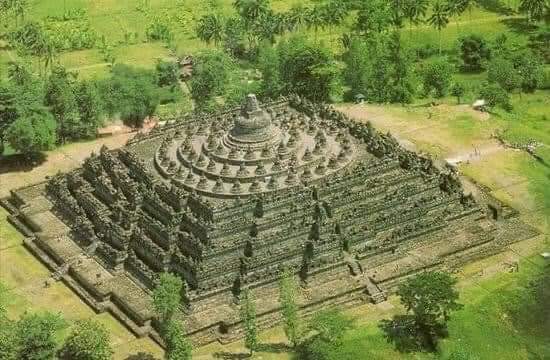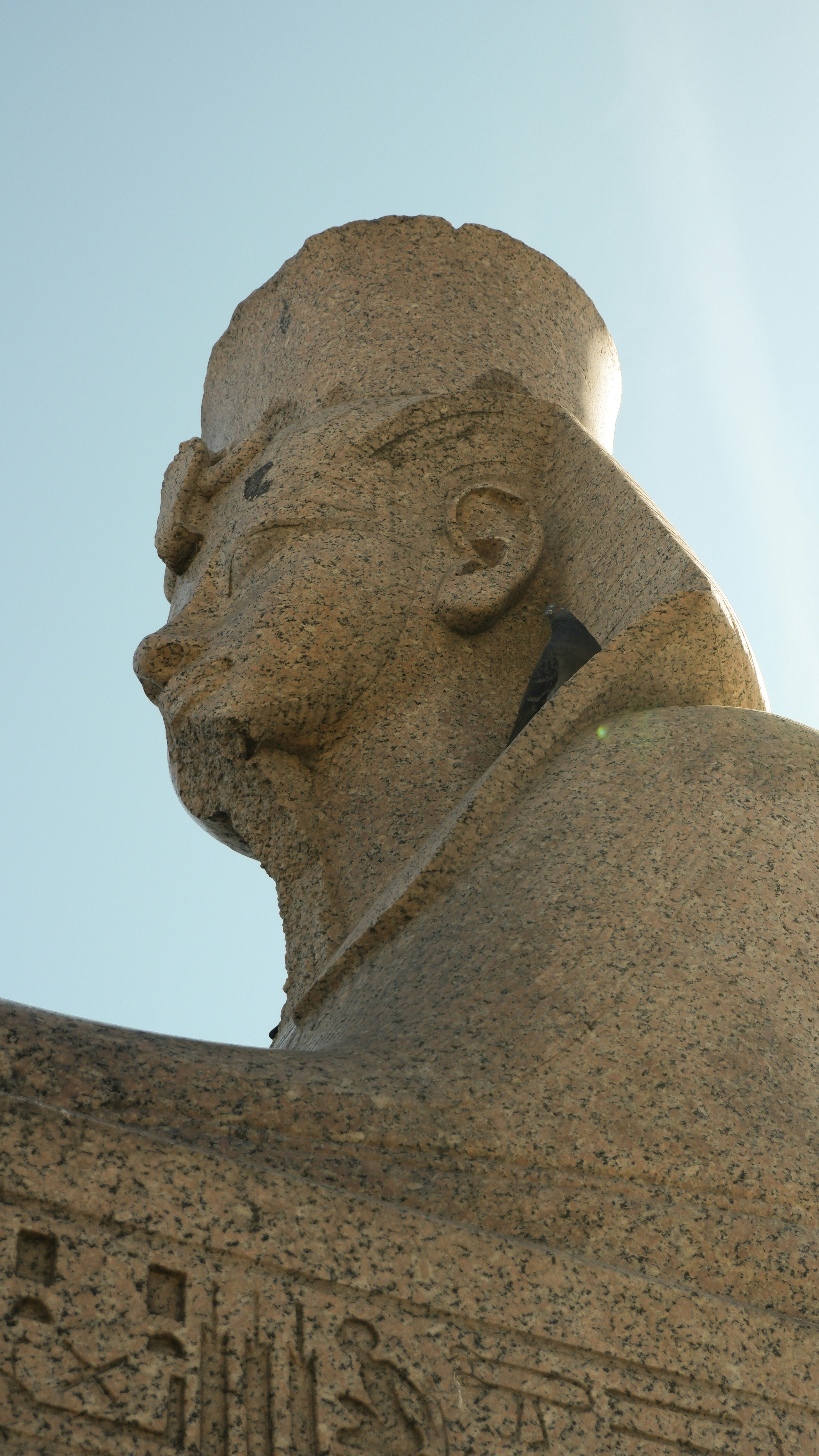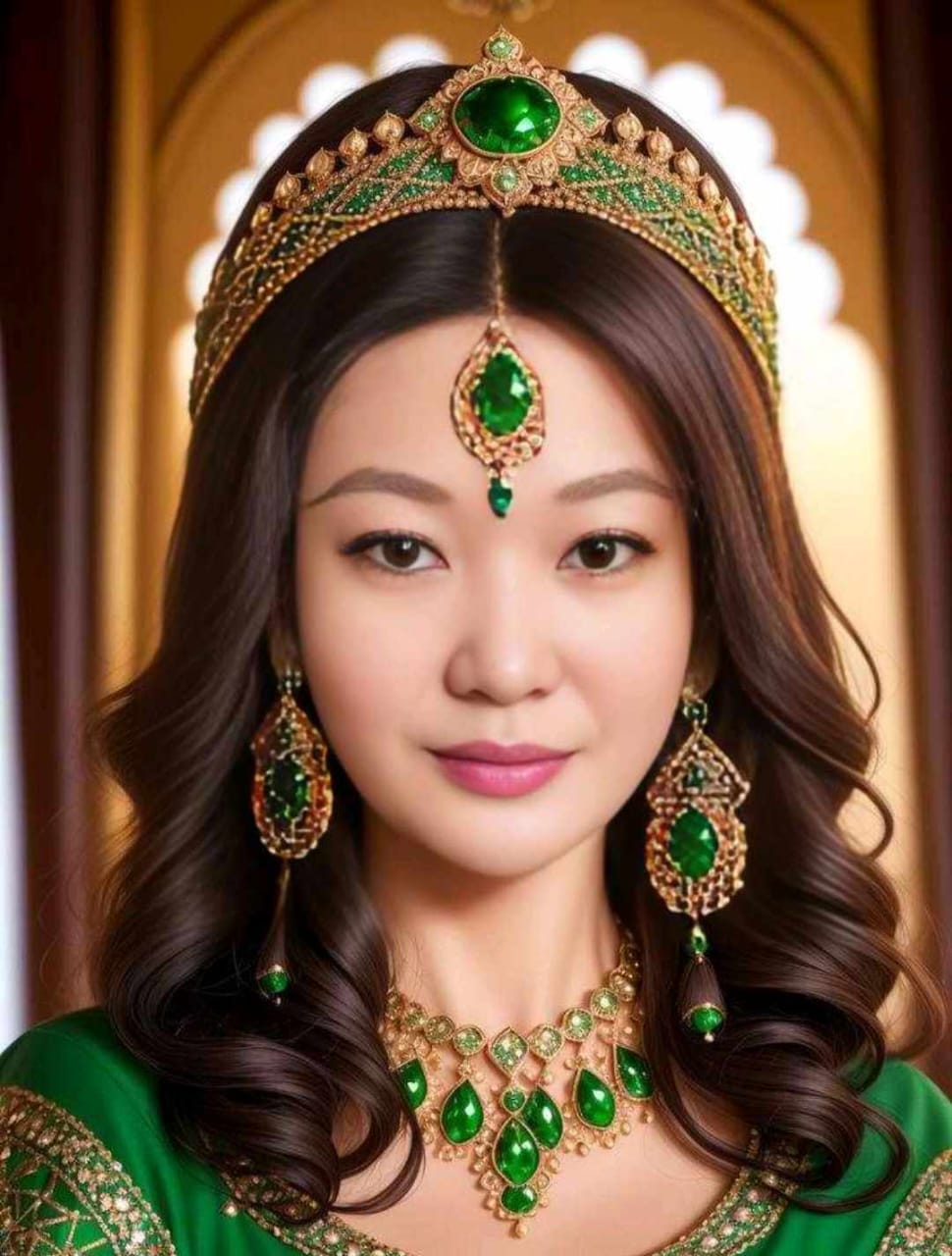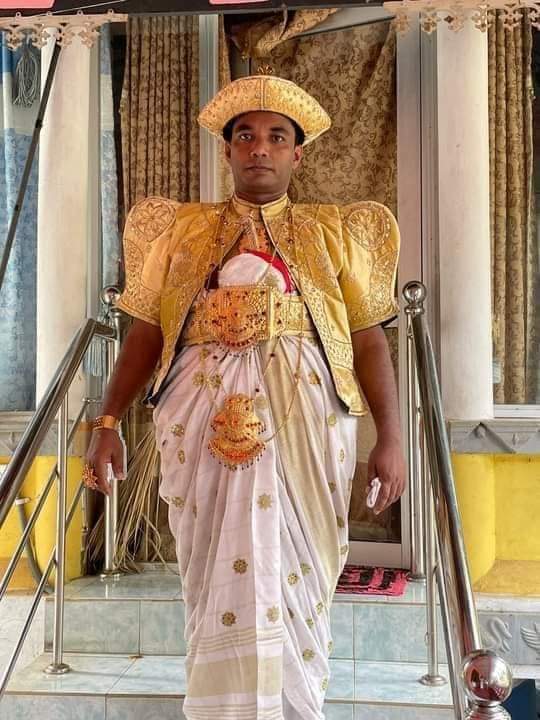Living Heritage of the Nusantara Empire in FAR East #Civilisation
August 20, 2023 | by Grand Vizier

The Nusantara Empire’s cultural centers are vital institutions that play a significant role in preserving, promoting, and celebrating the rich cultural heritage of the diverse ethnic groups within the empire. These centers serve as focal points for cultural expression, education, and community engagement. Here are some key aspects of the Nusantara Empire’s cultural centers:
- Diversity of Ethnic Cultures: The cultural centers represent the vast array of ethnic cultures present within the Nusantara Empire. Each center showcases the unique traditions, arts, music, dance, folklore, and rituals of its respective ethnic group. Visitors to these centers gain a deeper understanding of the nation’s cultural tapestry.
- Exhibitions and Collections: The cultural centers house extensive collections of artifacts, artworks, traditional clothing, musical instruments, and historical documents. These exhibitions provide insights into the history, evolution, and distinctive characteristics of the different ethnic cultures.
- Performances and Festivals: Cultural centers host regular performances of traditional music, dance, and theater, bringing the vibrant cultural expressions to life. They also organize cultural festivals and events that celebrate major cultural milestones, religious festivities, and national holidays.
- Educational Programs: Cultural centers offer educational programs, workshops, and seminars that aim to pass on traditional knowledge and skills to younger generations. These programs foster a sense of cultural pride and identity among the youth and encourage them to actively participate in their cultural heritage.
- Language and Literature: Many cultural centers support the preservation and revival of endangered languages and ancient literature. They serve as language learning hubs and often have dedicated spaces for studying ancient scripts and manuscripts.
- Community Engagement: These centers act as community hubs, fostering a sense of belonging and unity among the ethnic groups. They provide a space for community gatherings, meetings, and collaborative projects that strengthen social bonds and intercultural understanding.
- Cross-Cultural Exchanges: The cultural centers promote cross-cultural exchanges between different ethnic communities and also with international visitors. These exchanges foster mutual respect, appreciation, and tolerance, promoting harmony and understanding among diverse groups.
- Research and Documentation: Cultural centers often engage in research and documentation efforts to study and record the traditional practices, rituals, and cultural expressions of various communities. They contribute to the preservation of intangible cultural heritage.
- Cultural Diplomacy: Nusantara Empire’s cultural centers serve as platforms for cultural diplomacy, enhancing the nation’s international relations. Through cultural exchange programs, they strengthen ties with other countries and promote the empire’s cultural identity on the global stage.
Overall, the Nusantara Empire’s cultural centers play a crucial role in safeguarding the nation’s cultural legacy and fostering a sense of pride and appreciation for its diverse heritage. These institutions are essential in ensuring that traditional knowledge and artistic expressions are passed down to future generations, fostering cultural continuity and resilience within the empire.
RELATED POSTS
View all


